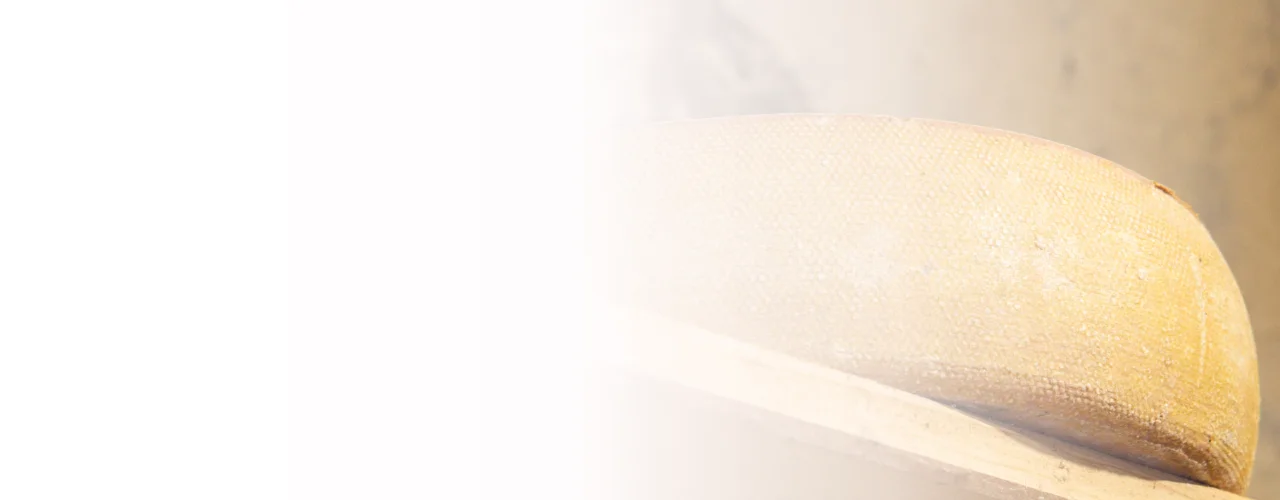Whey remains in the cheese production Whey is the watery greenish-yellow liquid that results from cheese making. It is the liquid part left over after coagulation of the milk, after milk thikening. Perhaps even more interesting: whey consists of 94% water, about 5% lactose, is almost fat-free and has a laxative effect. There are two […]
Hard cheese | Mountain cheese
Semi-hard cheese





























